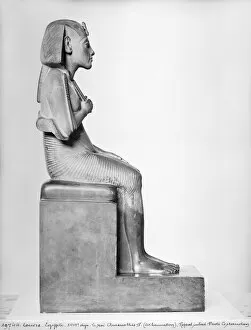Fouet Collection
"Fouet: A Journey Through History and Art" Step back in time and immerse yourself in the captivating world of "fouet
All Professionally Made to Order for Quick Shipping
"Fouet: A Journey Through History and Art" Step back in time and immerse yourself in the captivating world of "fouet, " a word that carries with it a rich tapestry of stories, cultures, and art. From ancient Egypt to 19th-century Paris, this enigmatic term weaves together various historical moments. Let us begin our exploration with the Colossus of Ramesses II, an awe-inspiring masterpiece from the New Kingdom era. Among its intricate details is an Osiride pillar featuring the symbol of "fouet. " This depiction hints at its significance as a tool or perhaps even a symbol of power during that time. Moving forward through history, we encounter references to "fouet" in literary works such as the History of Joseph. Within these tales lies a hidden connection between this mysterious word and letters like O for Ours (bear), Omnibus (bus), and Oie (goose). These seemingly unrelated elements are intricately linked by engravings found in Charles Unsinger's Alphabet publication from 1875. Venturing into Ancient Rome, we witness contrasting scenes - one depicting a cowardly gladiator engaged in battle while another portrays the distribution of food to slaves. Though not explicitly mentioned, one can't help but wonder if "fouet" played any role within these historical contexts - whether as an instrument used on gladiators or as part of slave control mechanisms. The journey takes us further still, delving into darker chapters such as African enslavement for trade purposes. A color lithograph captures this heartbreaking reality, reminding us that behind every word lies untold stories etched into humanity's collective memory. Shifting gears towards more lighthearted imagery, we find ourselves amidst portraits capturing daily life moments. One photograph showcases cochers (coachmen) with their hitched carriages outside Count Ducos' Parisian home. Another presents a muddy cartwright, reminiscent of La Fontaine's fables.















































